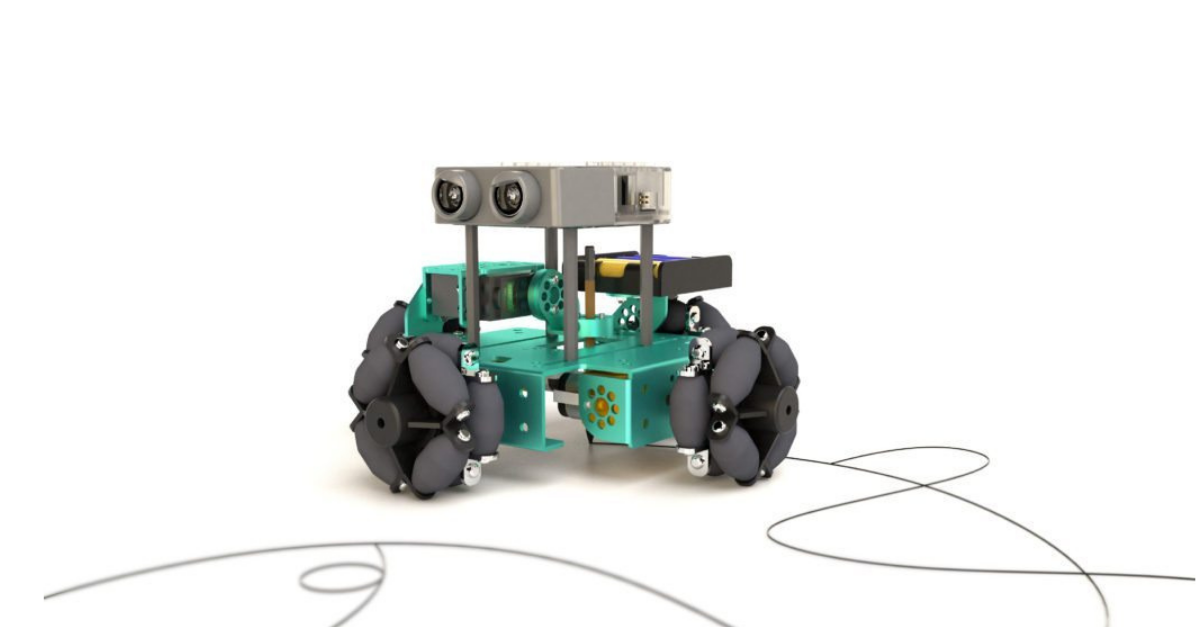Unlocking edutech potential with 6 top trends
19 November, 2020

For centuries, the fabric of education has rarely shifted, with fundamental groundings on the traditional classroom model.
Enterprise IT spending in the education provider sectors is expected to accelerate by 2021 following a bounce-back across all Australian industry sectors.
According to Gartner research, this sector has been one of the most resilient this year, attributed to increased investments in laptops, tablets, communication and collaboration technologies for online learning.
To keep up with the breakneck speed of technology, edutech service providers have the responsibility to reshape their strategies to meet the growing demands of students, educators, guardians and employees.
Over the last 12 months, the concept of school has taken on a new meaning with significant disruption to traditional education disciplines. In came remote learning, which has been met with considerable challenges including:
- reduced one-on-one time,
- difficulty measuring student engagement levels,
- restricted ability to monitor student progress,
- increased level of oversight required from guardians,
- increased social isolation and the reduced ability to support student wellbeing and,
- differential levels of access to technology.
Creating resilient schools requires educators, students, and guardians to develop new capabilities and skills with adaptive technologies and tools offered through thought provoking and innovative solution providers.
In our latest Education Insider ebook, experts from Google and Microsoft identified six top education trends that are expected to develop further into what the future of the classroom will look like in 2021 and beyond:
1. Hybrid learning
The one model fits all approach no longer applies in education. Travis Smith, Education Industry Lead at Microsoft, asserts that the increased combination of best practices from online learning and teaching techniques developed through both technology and face-to-face lessons is leading current industry shifts. A model that combines online components, physical interaction and skills building technology tailored to students’ diverse learning needs and strengths creates a complete package for achieving learning objectives.
2. Accessibility and inclusivity
To ensure every student and teacher has access to the support they need without interruptions calls for solutions that foster equal opportunities through an immersive experience. An immersive experience is one that caters to students on different stages of their learning journey. This takes into account diverse capabilities and socioeconomic backgrounds to assure there is equality in employment and further education pathways available to all learners.
3. Collaborative learning
The classroom has become a place where knowledge is created versus consumed. Students thrive in more interactive environments where they can fully engage with their subjects and classmates. Creating an engaging environment can be especially difficult for schools when first transitioning to online learning and teaching without the right tools in place.
4. AI and data analytics
Centralised tools and data reporting make management easy for IT admins, Google states.
One of AI’s strengths is working through large amounts of unstructured data and providing recommendations for subsequent actions based on that analysis to streamline repeatable processes. This makes AI ideal for educators creating personalised learning plans as it acts as a virtual tutor for students through predictive analysis.
5. Skills development
In 2019, nearly 80% of CEOs said they were concerned about the workplace skills gap — up from just 56% in 2011. Now and into the future, employers are focusing more on skills like adaptability, emotional intelligence, creativity and unconventional problem-solving. This type of thinking can be nurtured by moving away from one teaching method that attempts to encapsulate many skills into one.
6. Wellness technology
Google highlights the importance of simplifying educator workflows and saving time on administrative and repeatable tasks in order to give teachers more time back, as helping teachers stay motivated and engaged will be critical.
In addition to this, deploying early intervention online strategies that identify students at greater risk of disengaging, as well as identifying challenges for teachers is a top priority for education across Australia.
Although the health crisis has accelerated the use of technology in education, these six trends will continue to develop as schools and universities around the nation steadily move beyond traditional IT infrastructure and devices.
Over the next five years, STEM occupations are projected to grow by 11.6% (303,200 people), almost twice as fast as other jobs.
The Actura FlipRobot range inspires students to develop higher-order thinking skills and apply robotic concepts to real-world scenarios by encompassing creativity, design thinking, and computational thinking.
Hear from Actura, on how you can lead in the fastest growing areas of the education segment in their recent webinar.

These six trends will continue to develop as schools around the nation steadily move beyond traditional IT infrastructure and devices.
As we come to the end of a big year, now is the perfect time to meet your customers where they are and place your businesses at the centre for long term growth.



Leave A Comment